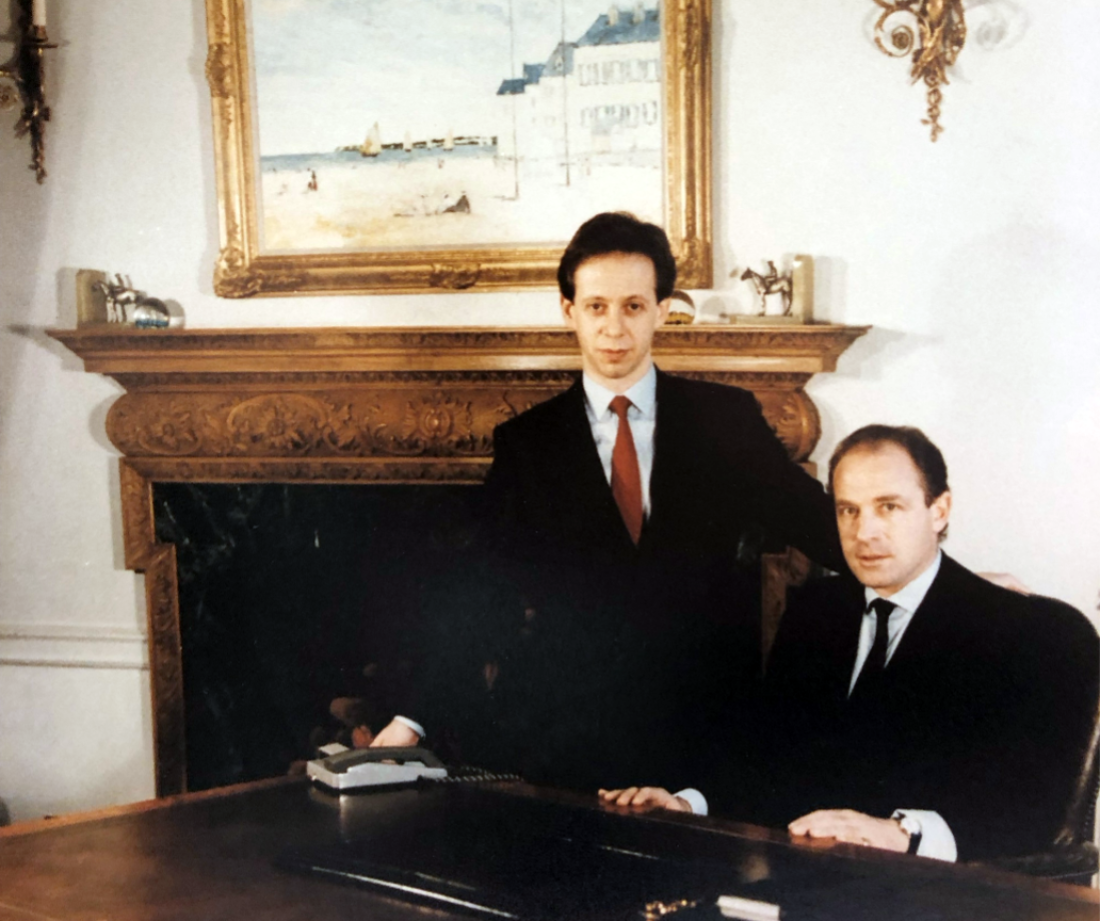
John Burns (seated) and Simon Silver in the Eighties
Our story starts, perhaps unexpectedly, with a railway in Yorkshire by way of a shell company, The Derwent Light Railway Company. It’s 1984, and the country is surfacing from recession. Enterprising stepbrothers John Burns and Simon Silver make the leap from their real estate background into property investment and development and Derwent Valley Holdings was born. John Burns became CEO and invited John Ivey to become Chairman. Simon Silver became a director in 1986. Paul Williams came on board in 1987. Chris Odom and Nigel George joined in 1988. Tim Kite was appointed Company Secretary in 1995. And David Silverman’s arrival in 2002 completed the team that led the company for decades.
Even in the earliest days, we’d set our sights firmly on the London property market, concentratingprimarily on the West End and City borders. We were fast to establish our unique brand of property development, initially through refurbishment. The team began targeting neglected, but perfectly sound, light-industrial buildings. They saw, as no one else did, the opportunity to add value through hands-on management and improvement. An early case was the 1987 purchase of Colebrooke Place in Islington. During this, our first refurbishment project, another key strength of our brand emerged: Design.
Inspired by modernist masters, Simon Silver forged partnerships with rising architects and embraced the industrial aesthetic. Selecting buildings with high ceilings, great internal volumes, and good light, they transformed them into a different kind of office space, ideally suited to the new wave of modern creative companies.
It’s also long been our strong suit to spot the potential in off-beat areas. For example, buying a disused tea warehouse in Shoreditch in 2001 was an unconventional decision. On the back of such successes, we honed our portfolio to the ‘villages’ of Fitzrovia, Clerkenwell, Shoreditch and Victoria. Milestone developments over the years include Angel Building (completed 2010), White Collar Factory (2017), Brunel Building (2019), 80 Charlotte Street (2020) and The Featherstone Building (2022), our first ‘Intelligent Building’.

Angel Building EC1
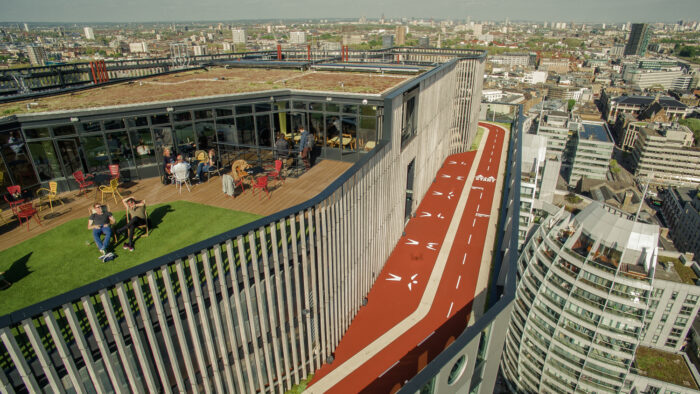
White Collar Factory EC1
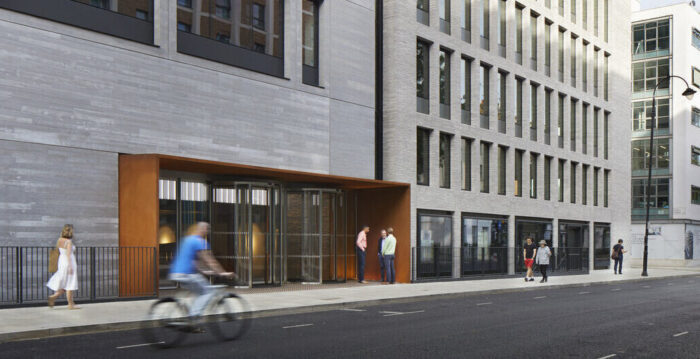
80 Charlotte Street W1

Brunel Building W2
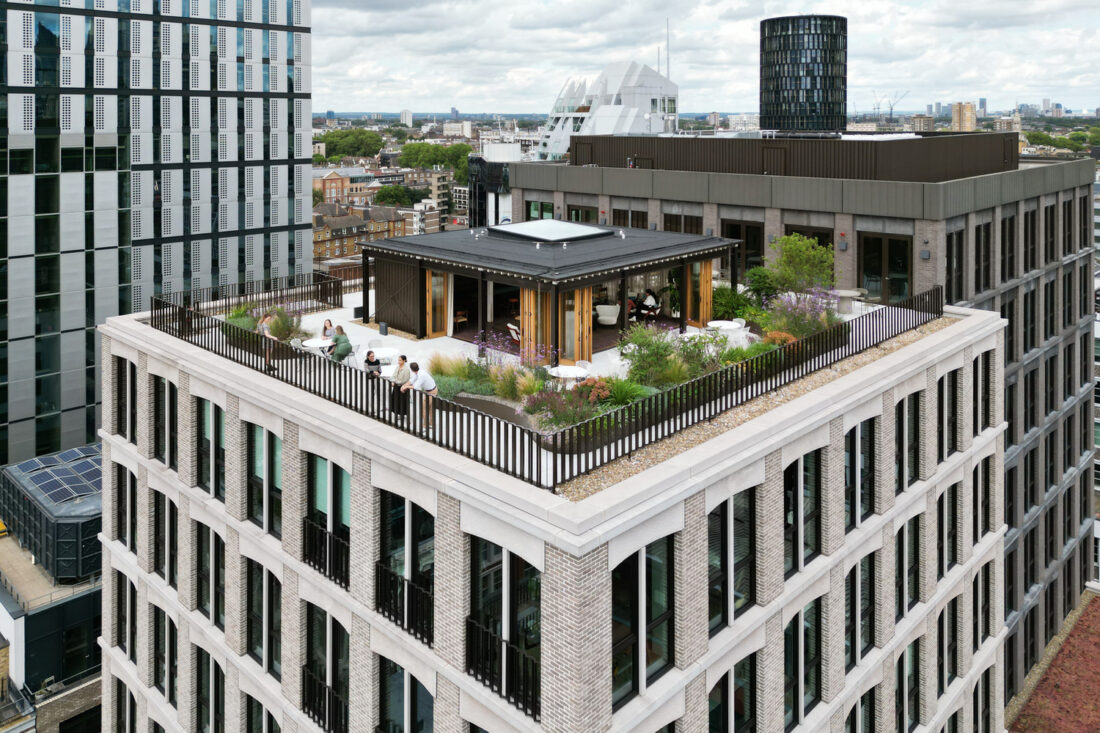
The Featherstone Building EC1
Supporting our property flair, business acumen has always been the company’s backbone, helping us ride the market’s ups and downs. Our merger with London Merchant Securities (LMS) in 2007 was a creative and empowering move that doubled our size and made ‘Derwent London’ the sixth-largest UK-listed property company. It also brought Robert Rayne in to become Chairman of the Board. Our cash-flow management has been in the safe hands of CFO, Damian Wisniewski, since 2010.
Team additions and moves in later years include David Lawler, who took over as Company Secretary in 2017. Paul Williams was made CEO in 2019, with John Burns becoming Chairman and when he stepped down in 2021, Mark Breuer was appointed. In 2021 Simon Silver retired and Emily Prideaux was appointed to the Board.
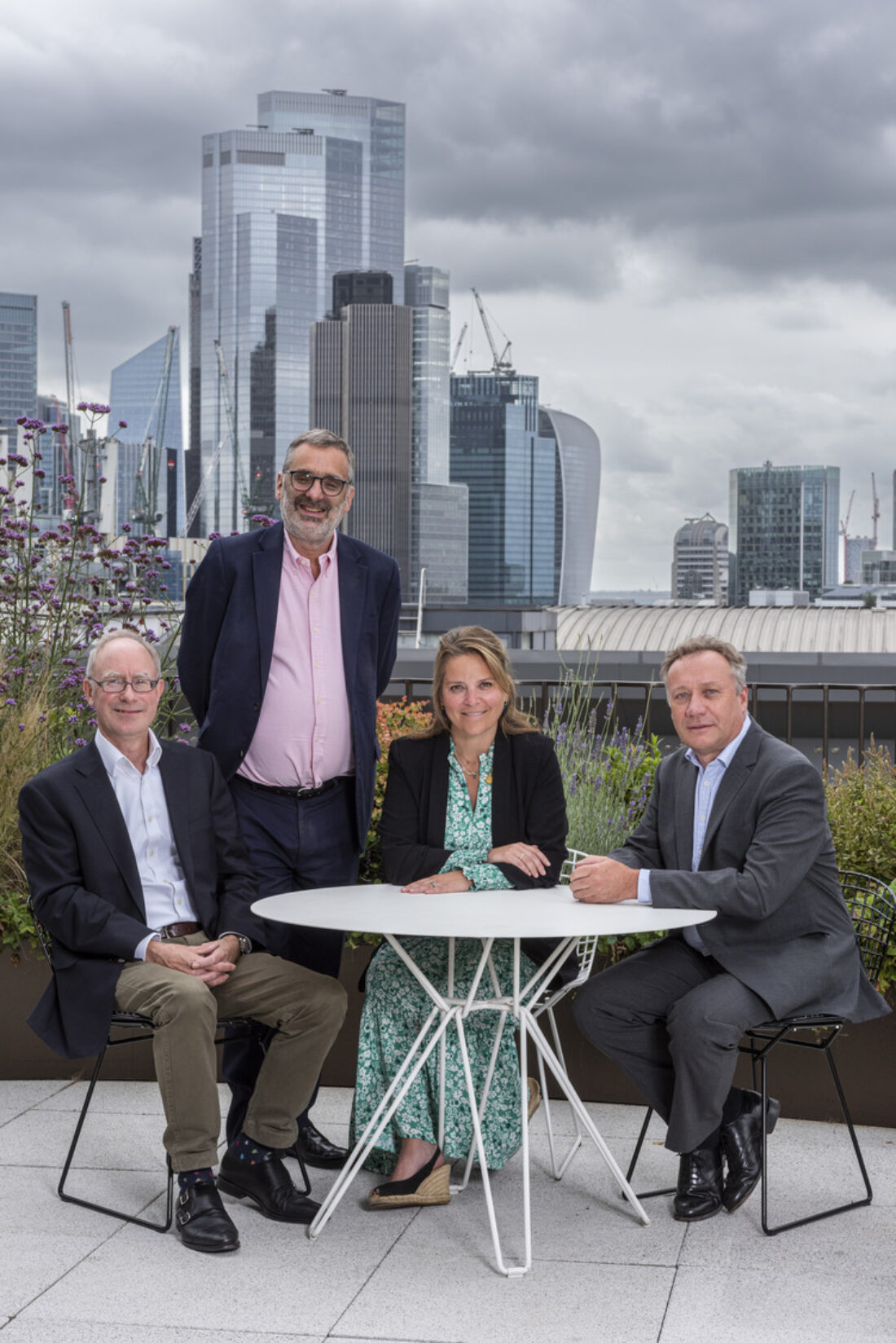
Left to right: Executive Directors Damian Wisniewski , Paul Williams, Emily Prideaux and Nigel George
Today, we are the largest central London office-focused REIT. As we grow and evolve, our door is open to innovation and exciting new projects. In 2025, we will complete two of our most ambitious projects, 25 Baker Street and Network. And by 2030, we will be a net zero carbon business. Looking forward, we will continue to be a progressive force in the industry, creating inspiring workplaces and destinations that energise businesses, communities, and the city we love.